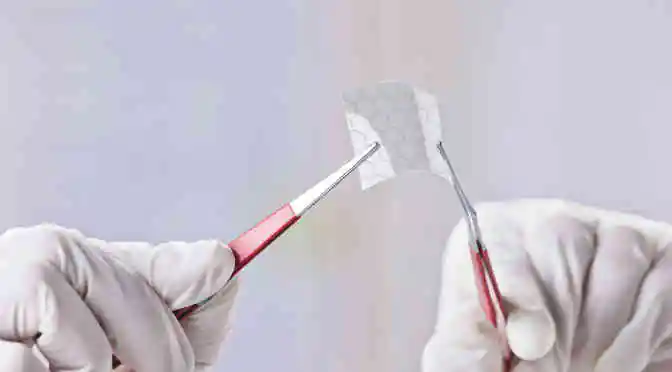In recent times, there has been significant hype globally for what has been described as a magical material, graphene. It is notionally stated to be more conductive than carbon, stronger than steel, and extremely flexible. Graphene is a compound of carbon atoms which is assumed to be eco-friendly and has limitless applications such as lithium-ion battery additive, field effect transistors, and transparent conductive films.
On the surface of it, graphene holds the potential to transform several tasks and replace several essential raw materials in numerous applications. For instance, it is a viable substitute to many elements like silicon and indium, which are playing significant roles in the electronics industry.
However, in reality, the path to large-scale commercialization and unlocking of the true potential of graphene will be long and taxing. Undoubtedly, discovering the real-world applications and patrons to purchase it are the extreme challenge for vendors.
Industrial manufacturing of graphene involves complex procedures and high cost of production, resulting in expensive products. Adding to the obstacles, is the requirement of highly skilled labor and limiting ecological factors that produce an exclusive set of limitations that graphene companies are compelled to overcome.
Applications and advancements : Demand is set to surge
Despite the array of limitations, the graphene market is set to gain massive appeal with its multifunctional properties. Niche applications with quick turnovers that satisfy some unmet technological needs could speed up the adoption of graphene on an industrial scale.
Graphene is majorly adopted in the commercial and industrial sectors because of its multifunctional characteristics. It is a viable substitute to many elements like silicon and indium, which are playing significant roles in the electronics industry.
With an array of applications, graphene is making its presence felt in the electronics industry in the form of field effect transistors, biosensors, electrochemical sensors and transparent conductive films. Graphene is imbibed with high electrical and mechanical stability even under extreme flex and bend. Thereby, it is suitable for flexible hybrid structures such as field emission devices, pressure sensors, biochemical sensors, and battery electrodes.
In order to increase the volume of graphene production, several alternative approaches have been commercially established. One of the recent developments include liquid phase exfoliation method, where graphene is produced by tapping graphite into a solvent which is then electrified strongly using sonication points. This method puts forth graphene ink, paint, and solution.
Empowered business with valuable market insights
The global graphene market is on the rise and coping well with the challenges. The companies in this industry are getting well aware of the challenges and opportunities that lie ahead of them, thanks to comprehensive market research and insights from highly credible sources.
In this regard, Technavio is playing an active role in educating the vendors about the varied perceptible and latent aspects of the global graphene market. Source your advantage in the form of a FREE sample report herein.



